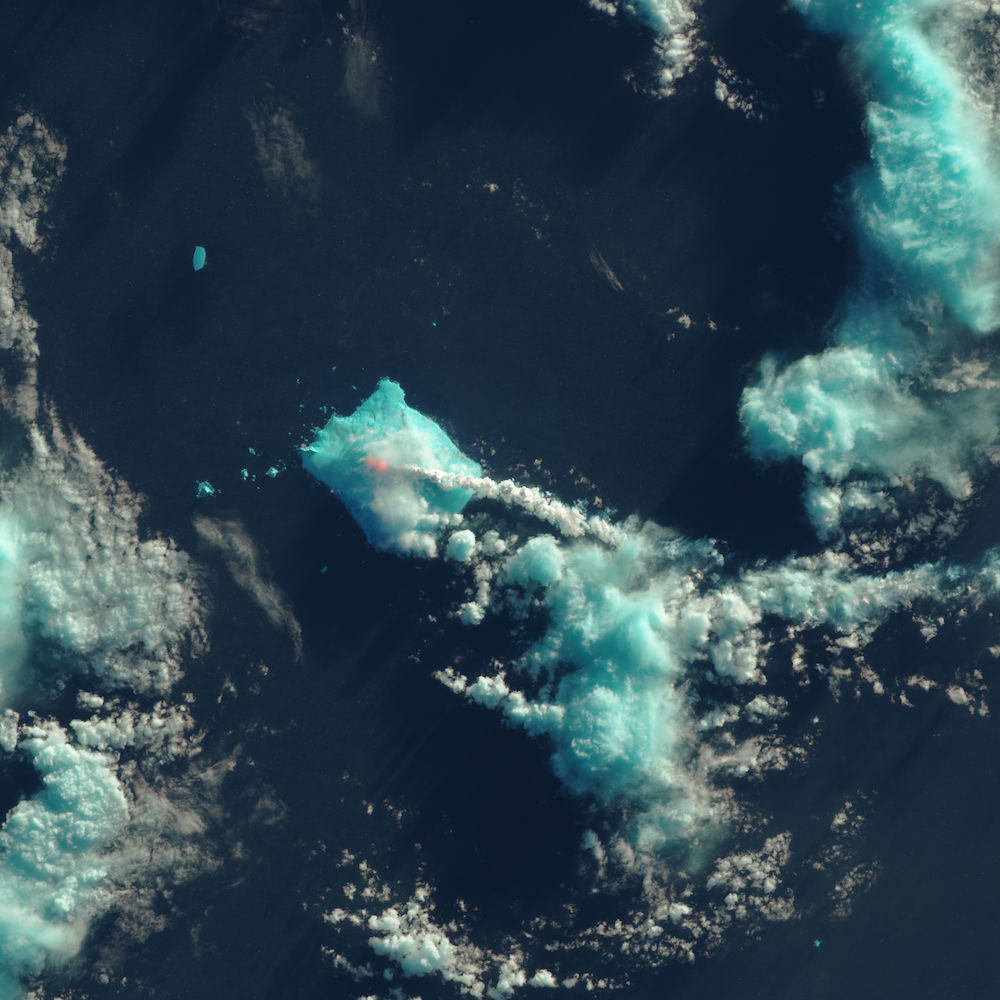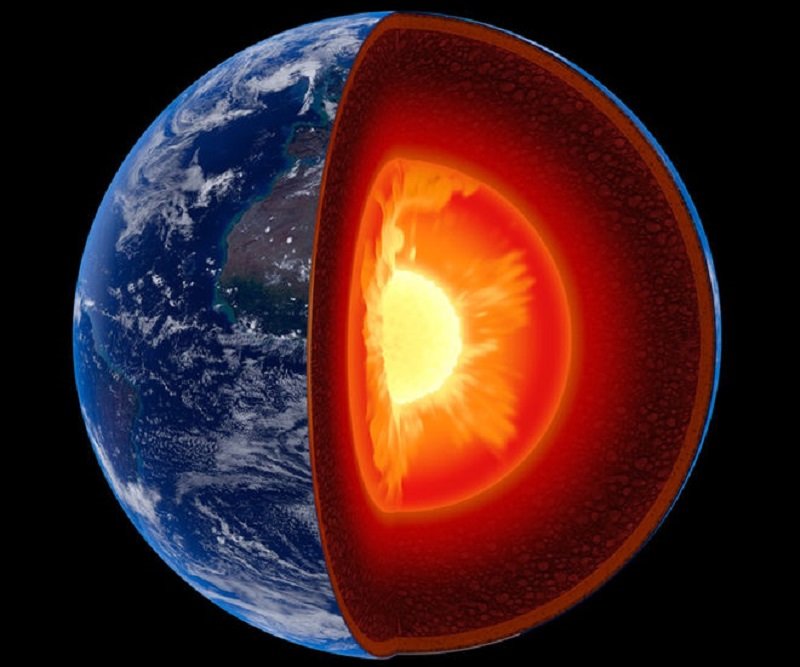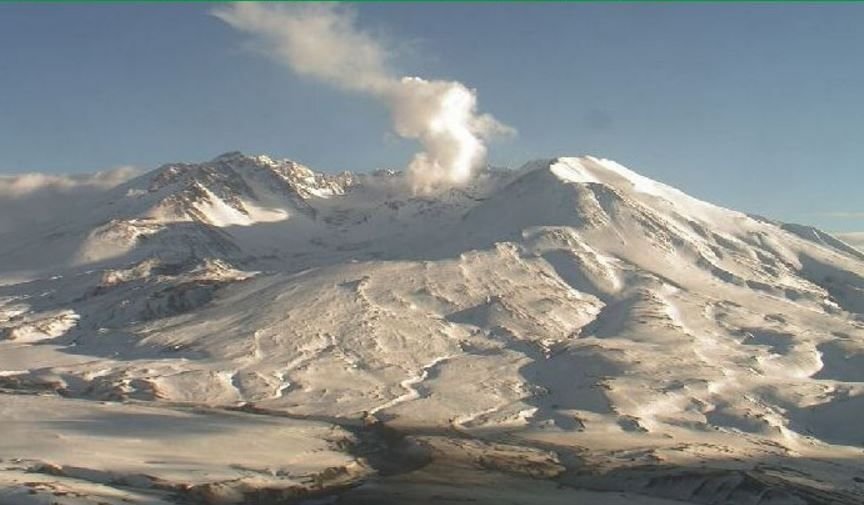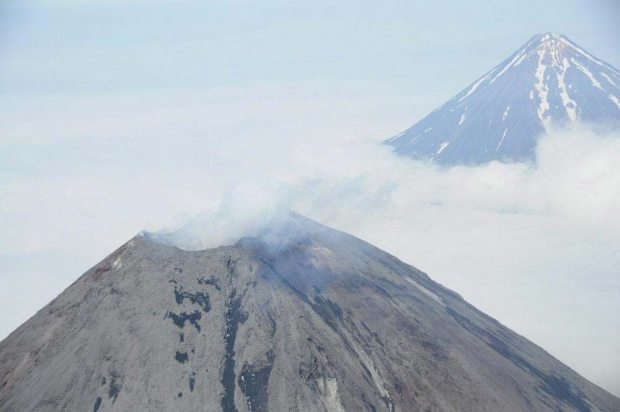
© Fine Art Images/Heritage Images/Getty
You won't find it in history textbooks, but the Roman Empire's rise to dominance in Egypt and the Middle East may have been influenced by a series of volcanic eruptions that reduced rainfall.
These eruptions could have contributed to the sabotage and destruction of the Ptolemaic Kingdom on the Nile, paving the way for the rise of Cleopatra and the
Roman Empire - and, ultimately, the modern Western world.
The Ptolemaic Kingdom ruled Egypt and North Africa in the final three centuries BC, known as the Hellenistic period. Now, teamwork between volcanologists and historians has revealed a close match in timing between volcanic eruptions and domestic unrest, revolts and uprisings that led to the kingdom's downfall.
"So far, Hellenistic history has never had any climate component," says
Joseph Manning, a historian at Yale University. Bringing in the impact of climate shocks on the unfolding of history is important, he says.
"There were revolts and social unrest from 245 BC onwards, down to the mid-first century BC," Manning told the meeting of the European Geosciences Union in Vienna, Austria, last week. "One involved the entire river valley along the Nile for 20 years."
At the heart of the unrest were starvation and famine in the Ptolemaic Kingdom, where grain harvests were critically dependent
on annual flooding of fertile plains by the East African monsoon.




Comment: For more in-depth information on how the rise and fall of civilizations are linked to catastrophic earth events and how the human mind and states of collective human experience can influence such cosmic and earthly phenomena, see: